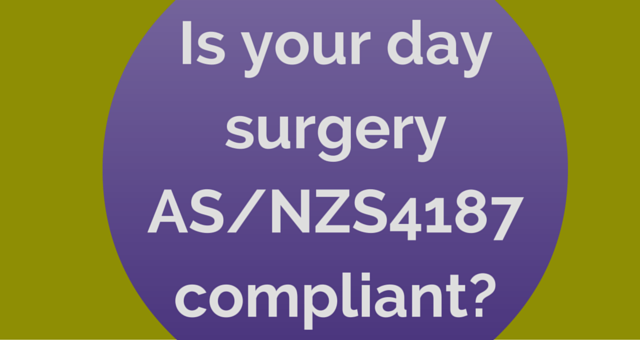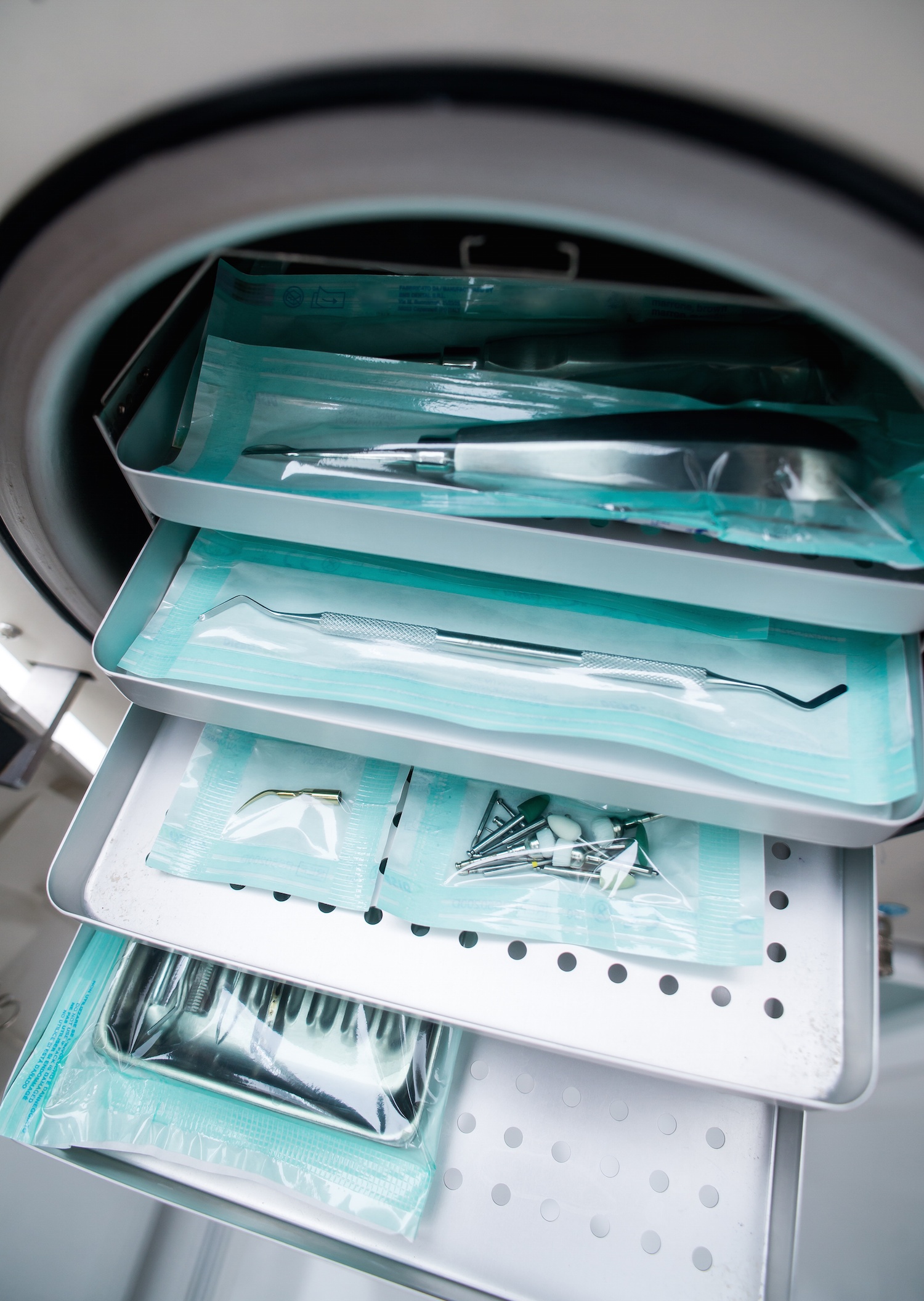Attention Day Surgery Clinics: is your surgery AS/NZS4187 compliant?
 On the 15th December last year, a new version of AS/NZS 4187 was released. The standard is complex and there is so much to understand. So how do you know if your Day Surgery Clinic is compliant or not?
On the 15th December last year, a new version of AS/NZS 4187 was released. The standard is complex and there is so much to understand. So how do you know if your Day Surgery Clinic is compliant or not?
When it comes down to it, probably the only way to know for sure is have and keep the required documentation.
For an auditor, documentation of process and proof of process is everything. Say what you do and have proof that you're doing it. But in the case of AS4187, it's do what it says and have proof you’re doing it.
Section 2 of the standard deals with Quality Management. It details the documentation you must maintain and includes:-
- policies & procedures
- record keeping
- management responsibility
- product realization (identification and traceability)
- measurement
- analysis and improvement (nonconforming product)
- recall and preventative action
Using Section 2 as the basis for your quality management system is a great start and is likely to give you some confidence regarding compliance.
Let’s take a closer look at what that means.
Documentation
Generation and control of documents is a key requirement of the standard and policies and procedures are central to that as they are in any quality management system. You will find that they relate to health and safety, purchasing, validation and requalification of processes.
The policies & procedures also deal with the rationale used to assign particular Reusable Medical Devices (RMD) to a Product Family as well as the monitoring and traceability of reprocessed Semi-critical and Critical RMD’s.
Minimum record keeping requirements are outlined which include prerequisites for purchasing, monitoring of equipment as well as records for the cleaning, sterilization and disinfection processes. In addition to this, there are records to be kept around the microbiological surveillance testing and maintenance of RMD’s, installation, operational and performance qualification records.
While I use the word ‘required’ here the standard uses the term ‘shall’ which means it’s a mandatory requirement.
Document Control like policies and procedures are central to any quality management system and AS/NZS4187 is no exception.
Product Realisation
Identification and traceability of product requires that at a minimum the traceability system shall be sufficient to ensure the identification of patients where a nonconforming product has been used.
In simpler terms, this means that you must link RMD processing to their use on patients.
The traceability system must as a minimum be able to record high level disinfection and sterilization processes. Meaning it must include:
- Type of RMD
- Unique ID of the RMD,
- Date of cleaning and the person responsible
- identification of the person who connected the RMD to the AER or manual immersion of the RMD
- identification of automated equipment’s used
- Process cycle number and date
- Documented evidence of the attainment of process parameters
For sterilization the process records must include:
- Date of sterilization and process cycle number
- Identification of the sterilizer
- Identification of the RMD
- Number of items in the load
- identification of the person who loaded the RMD into the sterilizer
- identification of automated equipment’s used
- Process cycle number and date
- Documented evidence of the attainment of process parameters
- Results of performance qualification tests
- Results of chemical and biological monitoring
- Documented evidence of the attainment of process parameters
- Identification of the person who released the RMD
As you can see, with that just being the beginning, there is a hell of a lot of documentation already that will have to be generated and maintained.
Other areas that section 2 deals with are control & monitoring, measuring equipment as well as measurement, analysis and improvement. A key component of improvement is registering nonconforming product and identifying opportunities for improvement. This then needs to be followed up with corrective action by putting in place systems that address the potential for Non-conforming RMD’s.
If you would like to find out more, your primary source of information and advice should be the Federation of Sterilizing Research and Advisory Councils of Australia (FRASCA)
AS/NZS 4187 2014 can be purchased from SAI global.
Conclusion
AS4187 compliance requires a lot of documentation and detailed record keeping. And is just section 2.
A lot of work goes into process and form design and ensuring the forms are completed correctly and entirely. It’s one thing to do that, but it’s another thing entirely at audit time when you are under the microscope to have to retrieve voluminous amounts of documents to prove your compliance.


